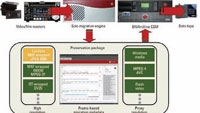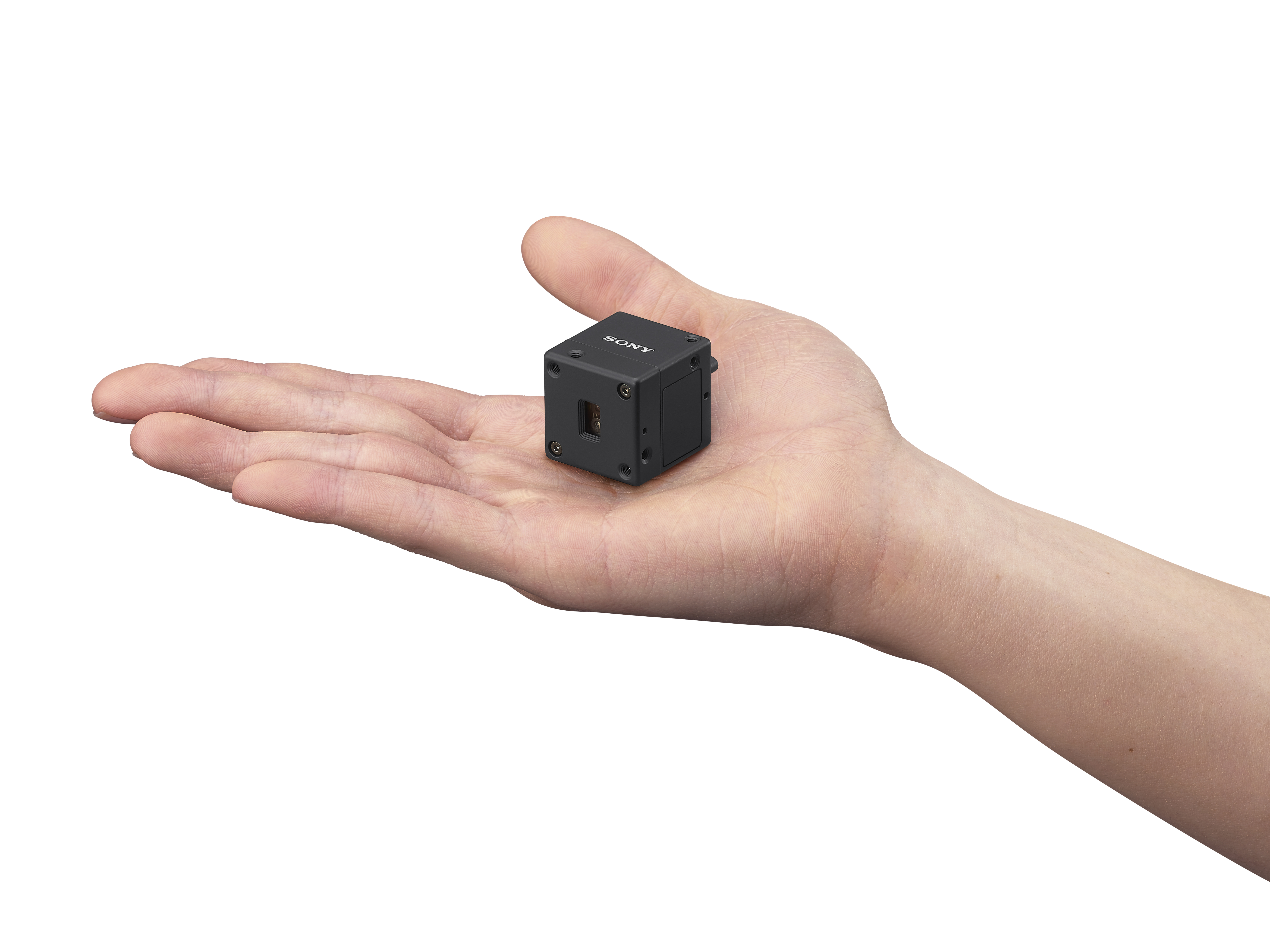Front Porch DIVAsolo

An enterprise with a significant media archive stored on videotapes has an urgent problem. Not only do videotapes deteriorate over time, but the equipment required to play them is increasingly becoming obsolete. There is a real risk that those tape-based media assets will soon be worthless.
In most organizations, it is likely that the decision-makers recognize this, but videotapes decay in silence and crying needs take priority. Add to that the perception that digitizing video assets will be disruptive, expensive and difficult, and you have a recipe for procrastination. In addition to the silent degradation of these valuable assets, overall accessibility to these aging assets is a predictable and significant barrier to effective reuse and repurposing.
To preserve and assure access to valuable media for the future, there are a couple of potential strategies. One is for the enterprise to develop its own digitization solution relying on VTRs connected to a generic encoding device controlled by a video professional. But digitizing is more complicated than mere dubbing, and unless an organization's video collection is tiny, a homegrown solution will be extremely time-consuming and may even create unforeseen problems. For example, running a VTR requires some technical training, and even then there is the risk of human error. In the worst case, a technical glitch introduced to the media in the digitization process may remain undiscovered until some future date when urgently needed content is found to be unavailable. Add to this the choice of encoding format, bit rate, file wrapper, etc., and it can become an ominous challenge.
Even for content that is digitized with errors, challenges remain. Archiving is a discipline unto itself, requiring thorough consideration of how files and their component parts ought to be labeled, categorized and identified so that the appropriate people will always have access to them.
Given the pitfalls of developing a homegrown digitization solution, an enterprise is likely to seek something off the shelf. Front Porch Digital offers this technology in its DIVAsolo system. This semiautomated, end-to-end solution speeds, simplifies and lowers the cost of analog-to-digital media migration. In addition, it provides a well-thought-out path whereby the media flows in quality-controlled form into a tracked management system from which it can be easily found, retrieved and repurposed. This solution has proven its effectiveness at media enterprises as varied as broadcasters, government agencies and regional nonprofit museums.
The system combines three components: a professional migration appliance that performs real-time, parallel-multiformat and multiwrapper encoding of content stored on videotape; an advanced content storage management (CSM) system to handle the storage, archive and protection of encoded files; and a browser-based media asset manager that affords distributed desktop access to the content, proxies and metadata now and in the future.
This turnkey solution surmounts the challenges an enterprise would encounter in trying to develop its own solution. For example, it automates quality control by relying on advanced signal analysis to perform all but the preliminary evaluation of the videotape, and monitors the digitization process itself so any problems are flagged and can be fixed. Likewise, the system associates not only technical but cataloging metadata to each file at the time of ingest so that once the files are in digital form they can be identified, retrieved and even browsed from the user's desktop.
The migration process is straightforward. The system automates the cueing, migration, storage, preservation and controlled access to all migrated content. As migration progresses, comprehensive frame-accurate metadata detailing quality is captured and stored for later reference along with automatically generated shot lists identifying cuts contained on the original videotape assets, simplifying later repurposing.
Within the system, multiple high-resolution versions of the content are automatically moved to nearline spinning disk and then on to high-density LTO data tapes. The low-resolution proxy versions and associated metadata are passed to the media asset management system for desktop access.
A system that simultaneously generates multiple essence formats — such as mathematically lossless JPEG2000 for preservation; MPEG-2 and DV for editing; and WMV, H.264 and Flash for proxy viewing — in a single real-time pass affords significant time-saving advantages. Relying on this technology, organizations can migrate content at speeds 10 times faster than manual methods. Besides speeding the process, the system minimizes labor expense because it can be run by nontechnical personnel such as student interns.
As evolving technology and consumer tastes create an unprecedented market for repurposed content, the potential value of archival videotape soars. So does the potential loss if that videotape is allowed to decay. Fortunately, integrated end-to-end migration systems make preserving content in digital format faster, easier and less expensive than ever, rendering yesterday's recipe for procrastination today's call to action.
Brian Campanotti is chief technical officer of Front Porch Digital.
Get the TV Tech Newsletter
The professional video industry's #1 source for news, trends and product and tech information. Sign up below.
